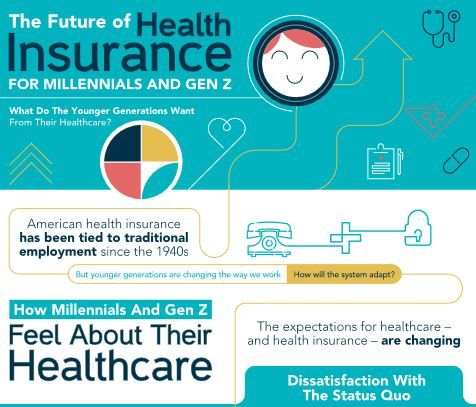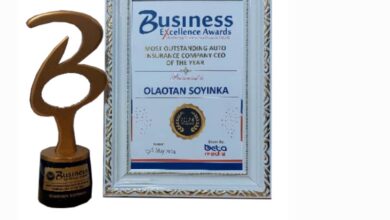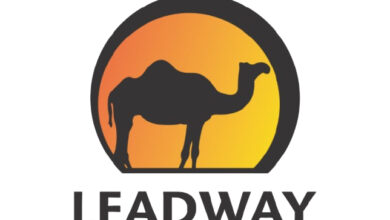Health insurance opportunities abound in Asian region – BCG

The health insurance space in Asia today is defined by a number of realities that point to opportunities for creating a winning model for health insurance, says the global management consulting company, Boston Consulting Group (BCG).
In an article titled “Capturing the Health Insurance Opportunity in Asia”, published on its website, BCG points out that health has emerged as a major business line for, primarily, life insurers as a consequence of their significant scale in distribution. Today, health-focused products make up approximately 25–35% of total premium volume and are among the fastest-growing insurance product lines. Health insurance across the region typically comprises two major product groups: fixed benefit plans, such as critical illness, and medical indemnity plans.
Critical illness plans
Since their emergence in Asia in the 1980s, critical illness plans have come to dominate the health insurance landscape. This has been driven by affordability, relative to medical indemnity plans, and simplicity, with benefits focused on diseases and conditions that most concern consumers, such as cancer, heart disease, and stroke. In addition, critical illness plans are frequently sold as an income replacement product, enabling larger premium sizes and thus higher commissions for distributors and further driving scale. Insurers have sought to differentiate through broader coverage across many disease types and stages and multiple occurrences. Yet the potential for further innovation along these vectors is finite, and critical illness is becoming increasingly commoditised, resulting in margin compression as price becomes the dominant battleground.
Medical indemnity plans
Medical indemnity products are likely to best serve consumers seeking private healthcare funding. Like critical illness, medical indemnity has grown substantially. But even the most “health-evolved” insurers would recognise that this growth has preceded the development of technical health insurance capabilities—particularly true when compared to relatively more sophisticated insurers in Europe, North America, and South Africa, many of which play a far more active role in policyholders’ care pathways.
In addition, many insurers continue to measure their health insurance business performance using life insurance frameworks and yardsticks—sometimes leading to limited understanding of profit drivers and difficulty in realising expected profitability. Attempts to separate health from life insurance measurement are further complicated by many medical indemnity products being bundled with life and savings plans, such as riders on investment-linked plans.
Engagement
From a proposition perspective, a number of insurers have sought to leverage the health and wellness theme to differentiate, drive appeal, and deepen engagement. These programmes have enjoyed varying degrees of success—with marketing and positive-selection benefits being balanced against significant and required ongoing investment, low levels of engagement and utilisation, and difficulty in proving impact on policyholder behaviour change. In regions outside of Asia, some insurers have been successful in driving sustained engagement and behavioural change that yield significant health benefits. The question remains to what extent this can be replicated in Asia. Despite this, insurers have proven that policyholders are willing and want to engage with their insurers on the topic of health and wellness beyond a pure financial protection basis.
Digital solutions enable insurers to improve access to care and to deliver interventions at scale and at a lower cost than conventional channels. These solutions also facilitate data collection that, in turn, enables an unprecedented degree of product personalisation.
Finally, there remains a large pool of consumers whose needs are inadequately addressed today, including those suffering from chronic disease or with adverse medical histories—which means they often struggle to access health protection. This pool offers opportunities for insurers to innovate, disrupt, and lead, although the major prize remains in standard risk.
Source: asiainsurancereview.com





